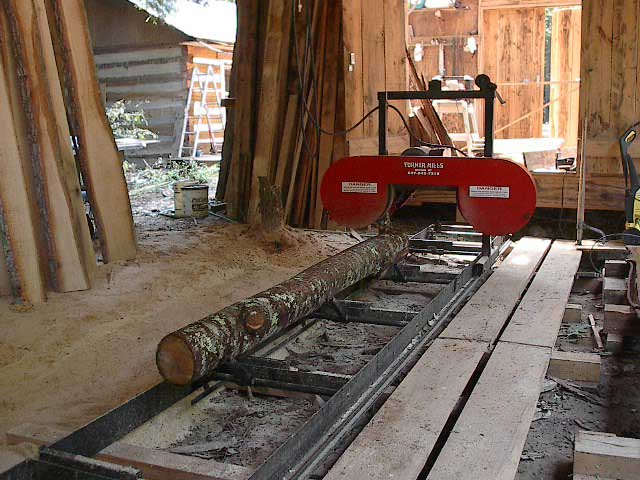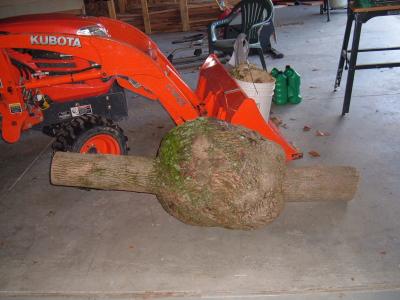Question
I am ready to go for a brand new manual mill like Norwood or Hud-son and sawing is not the first function of my business plan. However, I would like to occasionally saw something in the 30" diameter range, but not regularly. I would also be prepared to hire it out on occasion; I would cut a few boards for folks in the local woodlot network, etc.
Letís say I purchase a mill a bit smaller than I should and I end up regretting it and I end up wanting to upgrade in the next 2 to 4 years. How do these mills hold their resale value? It is my observation that Honda engines do hold theirs, and my opinion that they do so for a reason.
Is there a mid sized hobby/furniture maker/farmer barn maintainer type of mill out there that will not disappoint me before another would? I will be giving consideration to the resale value as well as the overall functions of a push-along mill.
Forum Responses
(Sawing and Drying Forum)
From contributor P:
I have the Hud-Son Oscar 30 manual mill, which is supposed to saw up to 30" (although the practical limit is probably 26" unless the log is a perfect dowel). I purchased it with the 16HP electric start 2-cylinder Briggs vanguard option and the high-speed trailer option (17' log). I think it works great, and Iíll most likely sell enough lumber (sawing in my spare time) to pay for it in the first year. I can't see a Honda engine making a big difference in the resale value.
What you are looking for is most of the used mills priced in the same range as compared to new models. Buying a used mill will save you money and often you get extras. A lot of the time the person you are buying from is upgrading or just does not really like sawing.
If it is not going to be a main part of you business I would just hire out my sawing till such time as I had the coin to buy the mill outright. Most sawyers will let you help and you will gain some insight into sawing.
We thought about getting a swing blade sawmill, but then you need mostly big logs probably 30" diameter and bigger, and the swing blade mills cost more, and they don't offer a single phase motor. You would need to saw more lumber with a more expensive mill to break even. So you will need more logs.
With two men, you can saw about 300 board feet of lumber per hour with the Turner manual bandsaw mill. I can saw a 6" diameter log into 4" x 4" post, or up to a 24" diameter log by 16" long. Do some research on them - that's what we did for two years before we bought ours. Here's a picture of our mill below getting ready to saw a 7" diameter cucumber log.

We checked around in our neighborhood to see if anyone had a portable bandsaw mill and no one had a portable bandsaw mill or service in our neighborhood, at least no one did two years ago. That helped us make our decision on getting the stationary mill.
It seems to me that there is always someone wanting to get into this hobby. A full blown hydraulic mill that costs over $30,000 would be a different story. As another thought, I almost started building my own saw. I thought about it and realized that it would not have much resale. As it ended, I have every nook and shed filled with hardwood and all it cost was the labor. That $300 profit on the sale covered nearly all the blades I went through. I would go to a show and buy one of the demonstrators if I wanted to do this again. You get a new warranty and discounted price.
